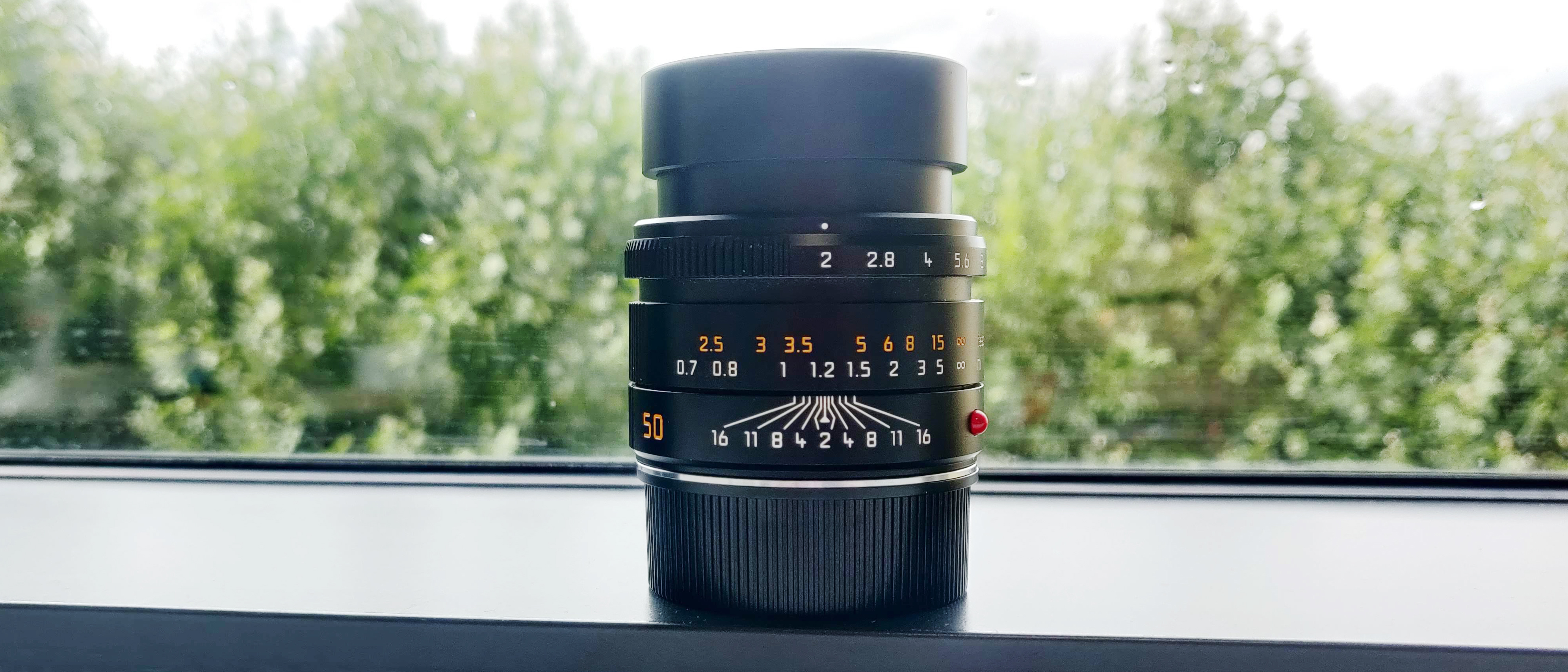Digital Camera World Verdict
The Leica 50mm APO Summicron-M f/2 ASPH is one of Leica’s most popular lenses in its APO line-up. Its characteristics are legendary for producing exceptional sharpness, even wide-open to its full control of the Red, Blue, and Green waveform to produce lifelike images with a distinct pop that only a Leica lens can produce. This 50mm is a super lens to use, and featuring a maximum aperture of f/2 makes this the perfect partner for those who love to separate their subjects from the background or achieve outstanding images in low-light conditions.
Pros
- +
Compact build
- +
Built-in lens hood
- +
Razor sharp
Cons
- -
Expensive
- -
Aperture & focus rings are close together
- -
Aperture 'only' f/2
Why you can trust Digital Camera World
The APO branding from Leica has always been synonymous with clarity and perfection, delivering the best results possible in a compact form factor and improving on existing designs. In short, the APO is the sign of the best of the best, but is this 50mm f/2 worth branding with the APO name – let's find out!
Leica 50mm APO Summicron-M f/2 ASPH Specifications
Mount: Leica M-mount
Lens construction:
Angle of view: 47°
Maximum aperture: f/2
Minimum focusing distance: 2.3' / 70 cm
Maximum reproduction ratio: 1:11.3
Filter size: 39 mm (Front)
Dimensions: 1.9 x 2.1" / 47 x 53 mm
Weight: 10.6 oz / 300 g
Leica 50mm APO Summicron-M f/2 ASPH Key features
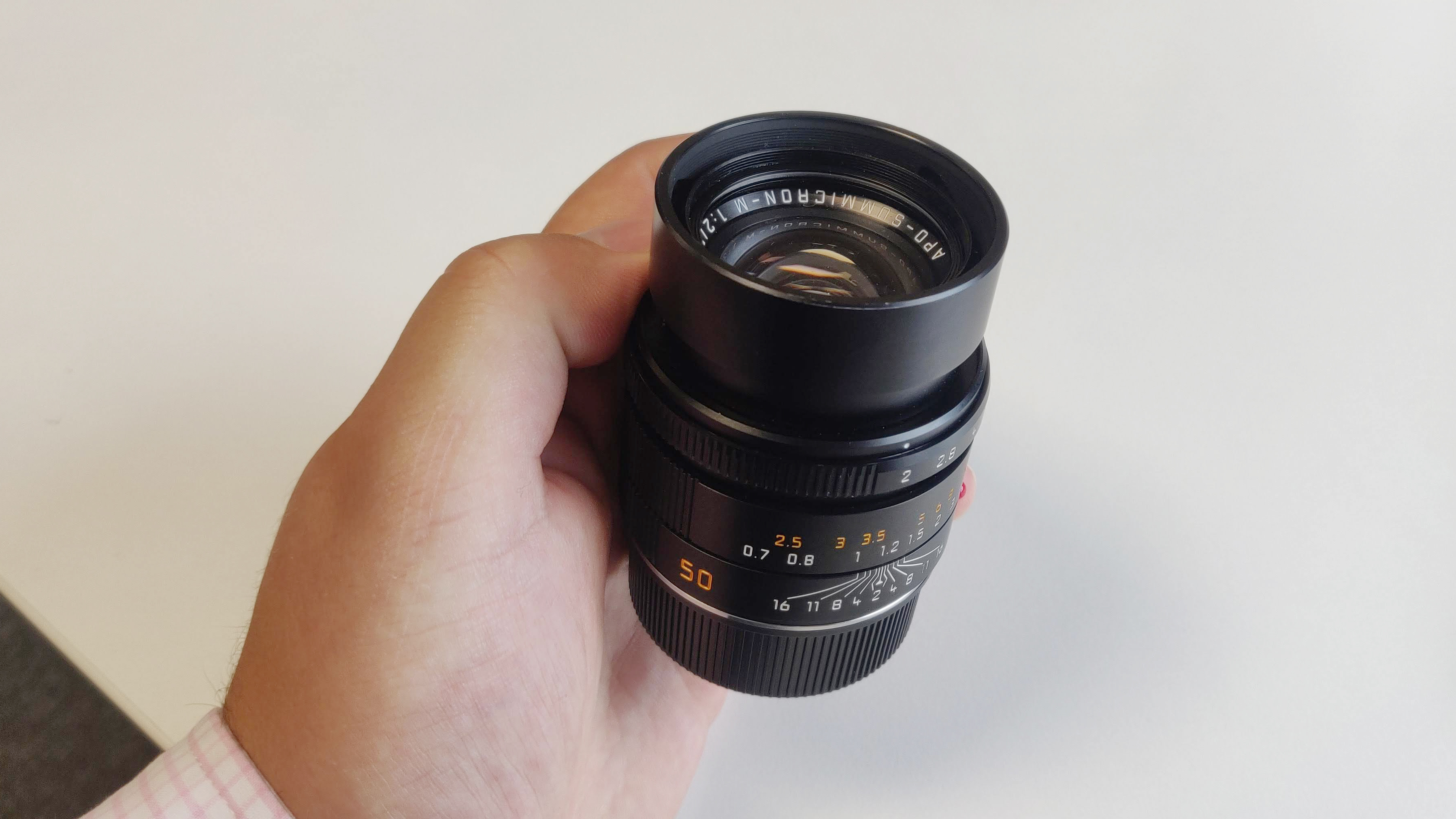
The Leica 50mm APO Summicron-M f/2 ASPH features a Pairing of the classic normal focal length with optically refined designs, characterized by its apochromatic designation. This means that this 50mm APO is capable of focusing red, green, and blue wavelengths at the same plane in order to virtually eliminate chromatic aberrations within your images by using anomalous partial dispersion and high refractive index glasses in its design.
While it also reduces spherical aberrations, a floating element maintains clarity and sharpness throughout the focusing range from 2.3' to infinity. All this is combined within a compact form factor that makes the Leica 50mm APO Summicron-M f/2 ASPH a super lens to use, and while featuring a maximum aperture of f/2 making this the perfect partner for those who love to separate their subjects from the background or achieve outstanding images in low-light conditions.
It also features a built-in hood that operates on a twist mechanism for those that want to exclude flaring and direct sunlight, which this lens surprised with great ability.
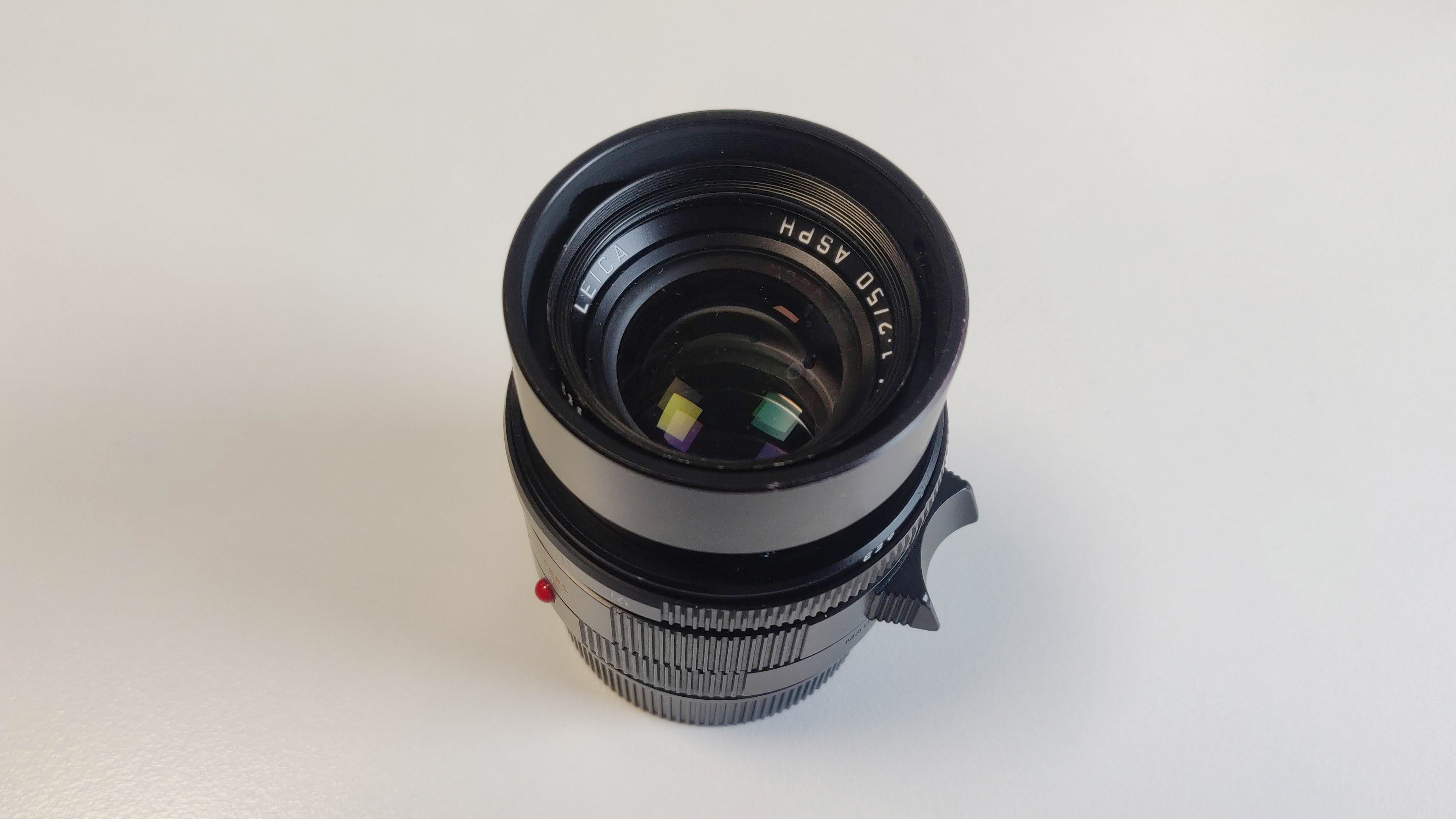
Leica 50mm APO Summicron-M f/2 ASPH Build and Handling
Using the Leica 50mm APO Summicron-M f/2 ASPH instantly expresses the quality construction of german engineering, its compact form factor lends itself to being a lens you can always have on your camera without gaining extra weight and creating the perfect balance in the hand.
However, due to its compact nature, I did notice that while using the focus tab to gain critical focus, I found myself also connecting with the aperture ring on more than one occasion, resulting in focusing and knocking the aperture down an f stop or two in the same instant. This small issue was soon remedied by a few hours of use, but it is certainly worth mentioning if you are heavy-handed like I am.
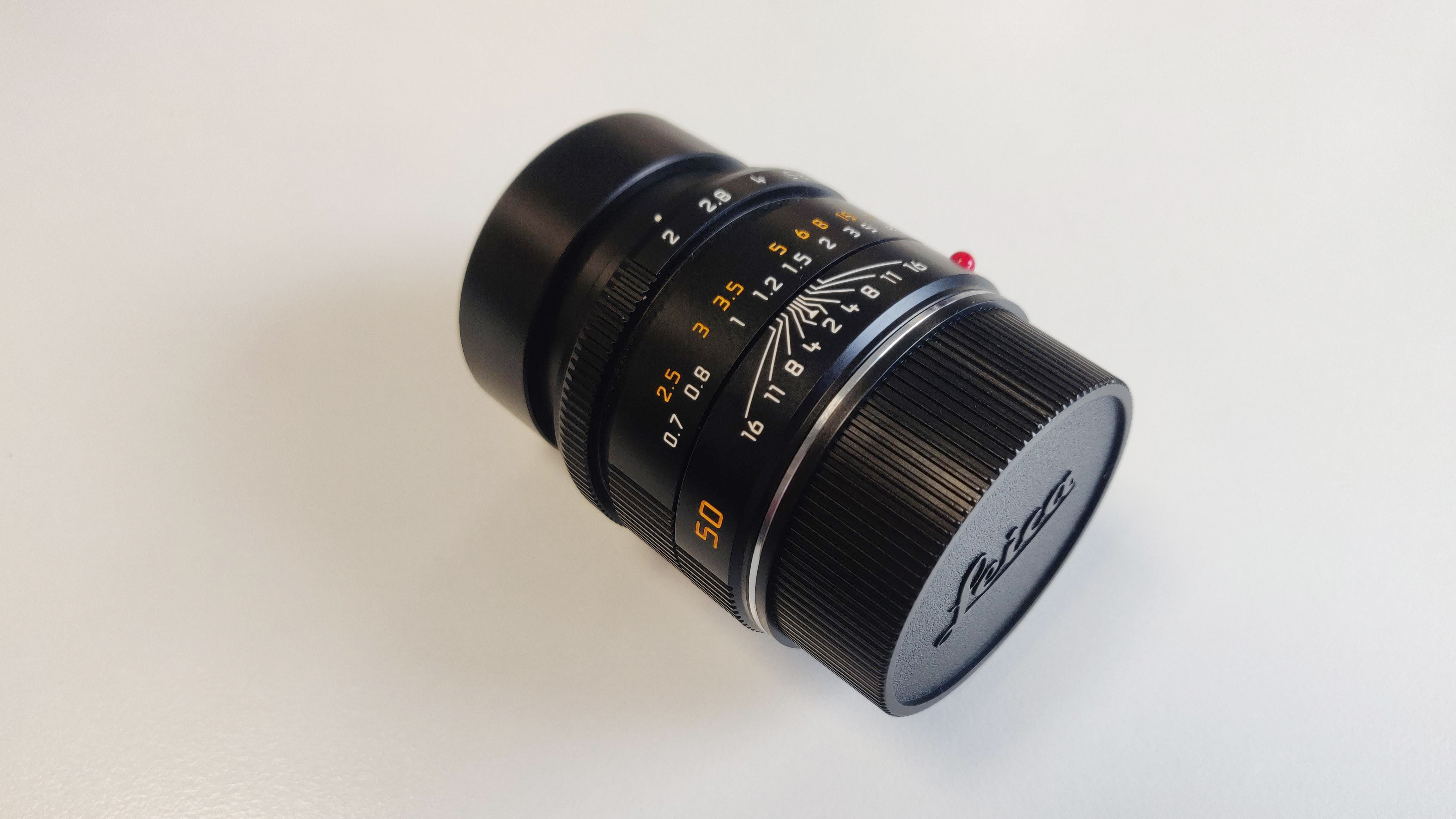
The 50mm APO offers an excellent and controlled aperture ring, along with a super smooth focusing ring with a focus tab, allowing for quick and accurate focus while on the move, Like all 50mm lenses zone focusing is a tight, art form only giving you a few feet of critical focus, even when stopped down to f/8.
However, when using the focus tab and gaining critical focus this lens’ performance is outstanding. Zero chromic aberration means all your landscape images will be a true representation of the light seen when the image was taken, and the subject will have a 3D pop that only a Leica lens can produce, giving that renowned and sought-after Leica look and feel.
Leica 50mm APO Summicron-M f/2 ASPH Performance
Sample images: Leica 50mm APO Summicron-M f/2 ASPH


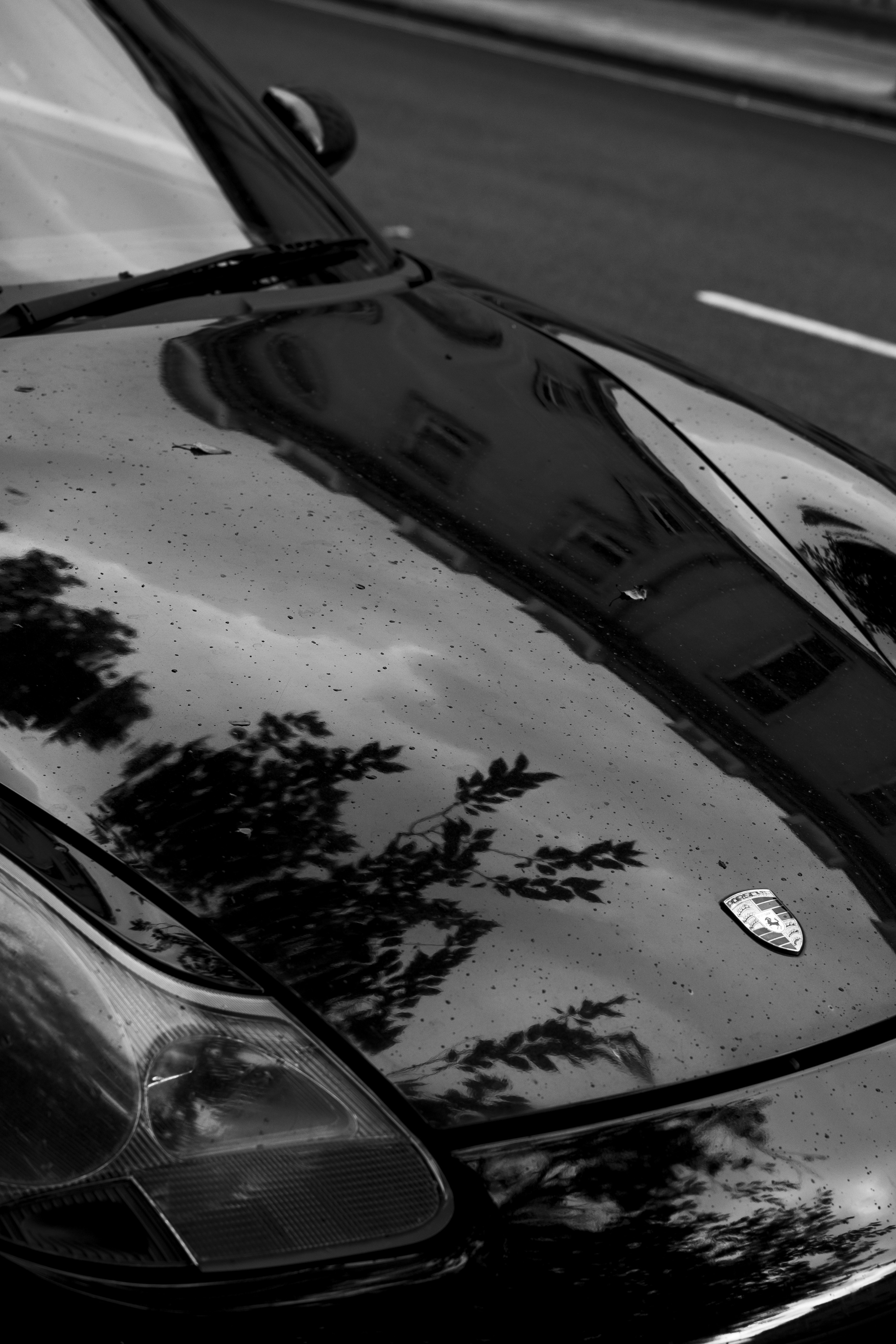

Leica 50mm APO Summicron-M f/2 ASPH Lab results
We run a range of lab tests under controlled conditions, using the Imatest Master testing suite. Photos of test charts are taken across the range of apertures and zooms (where available), then analyzed for sharpness, distortion and chromatic aberrations.
We use Imatest SFR (spatial frequency response) charts and analysis software to plot lens resolution at the center of the image frame, corners and mid-point distances, across the range of aperture settings and, with zoom lenses, at four different focal lengths. The tests also measure distortion and color fringing (chromatic aberration).
Sharpness:
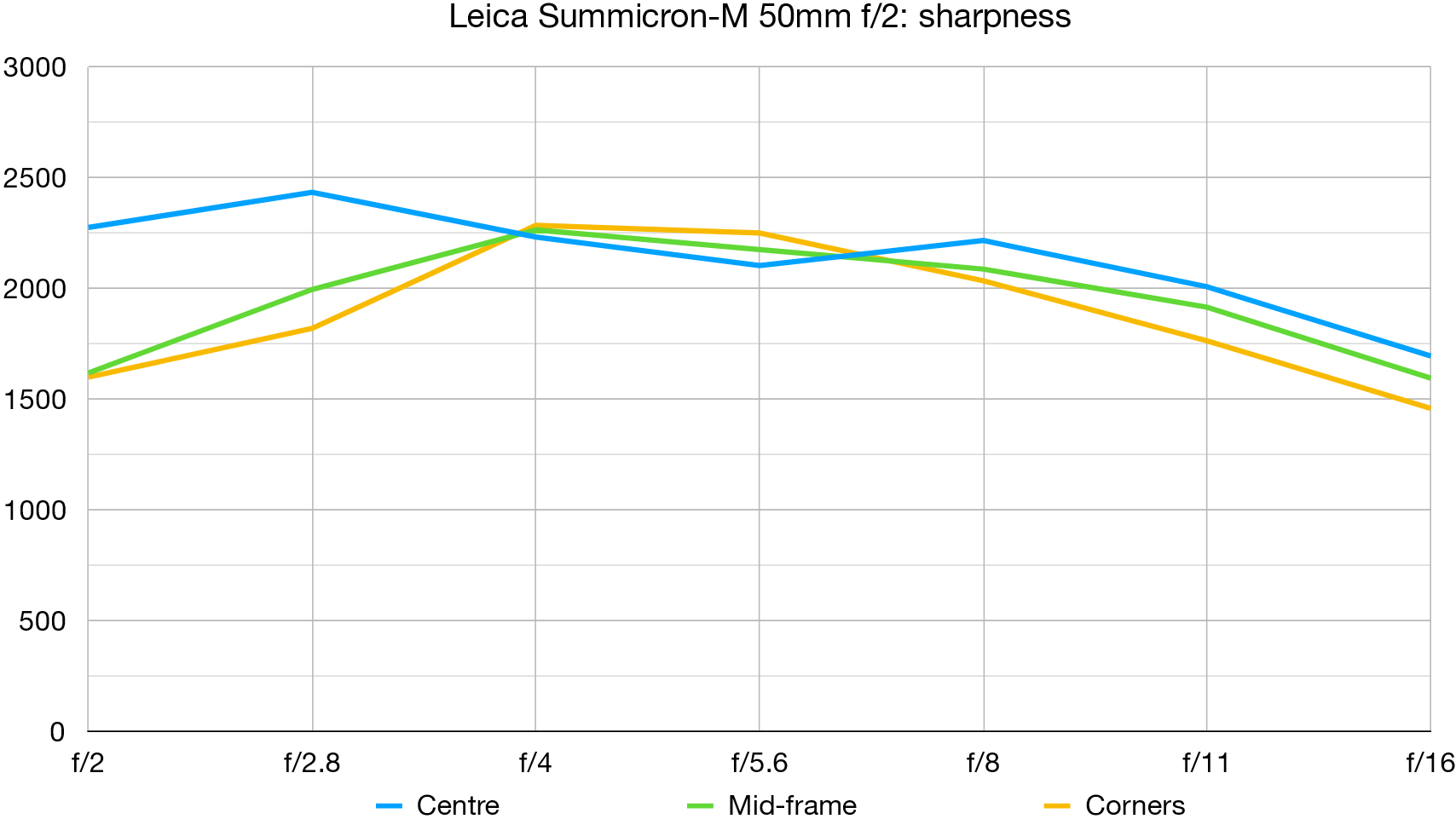
Centre sharpness is superb at all apertures. Stop down to f/4 and sharpness across the entire image frame is impressively high - we rarely see such consistent sharpness like this.
Fringing:
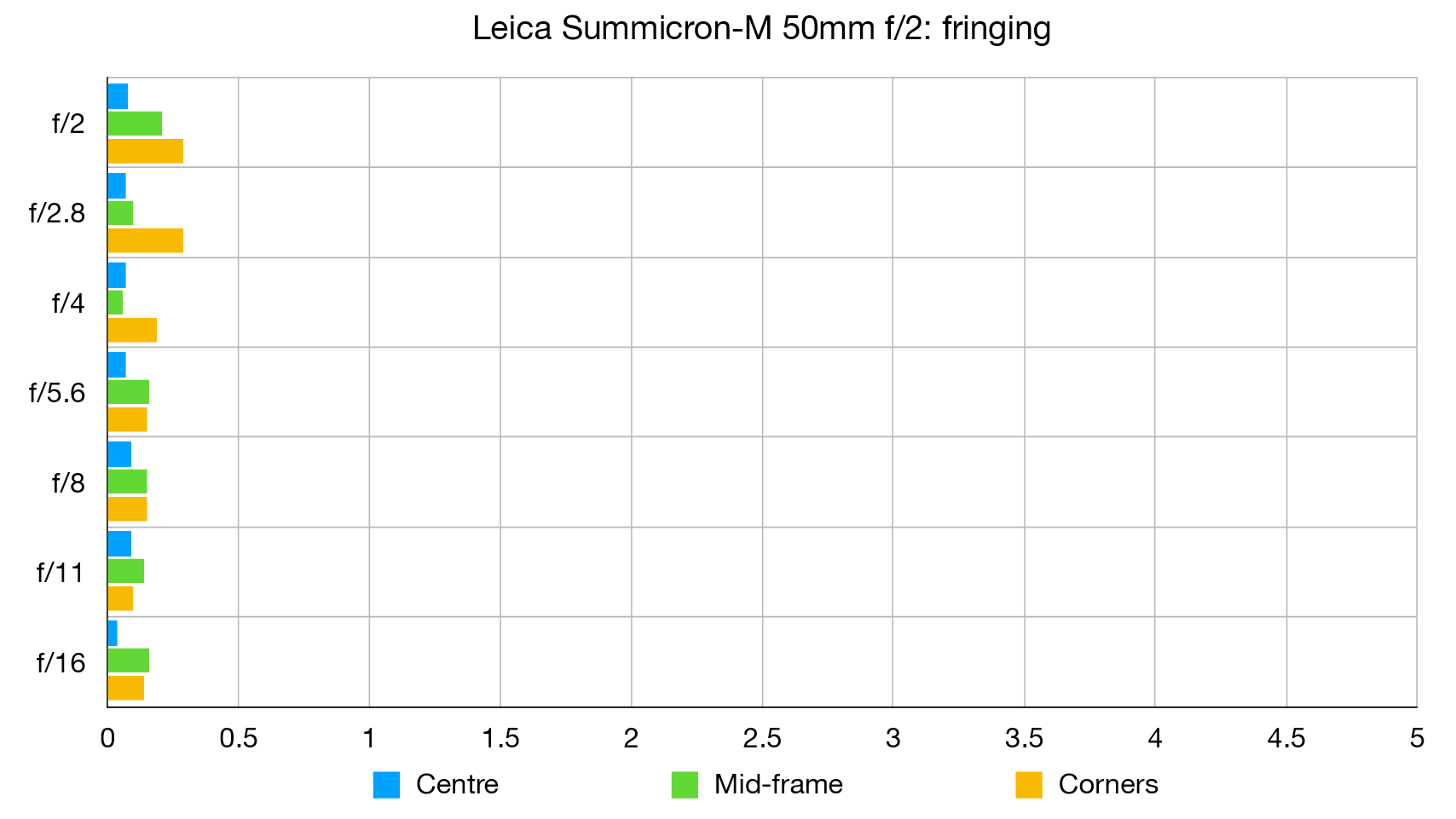
Color fringing is as minimal as you could possibly expect from any lens - a truly remarkable performance.
Distortion: -0.14
The faintest touch of barrel distortion will go completely unnoticed in the vast majority of real-world shooting scenarios.
Leica 50mm APO Summicron-M f/2 ASPH Verdict
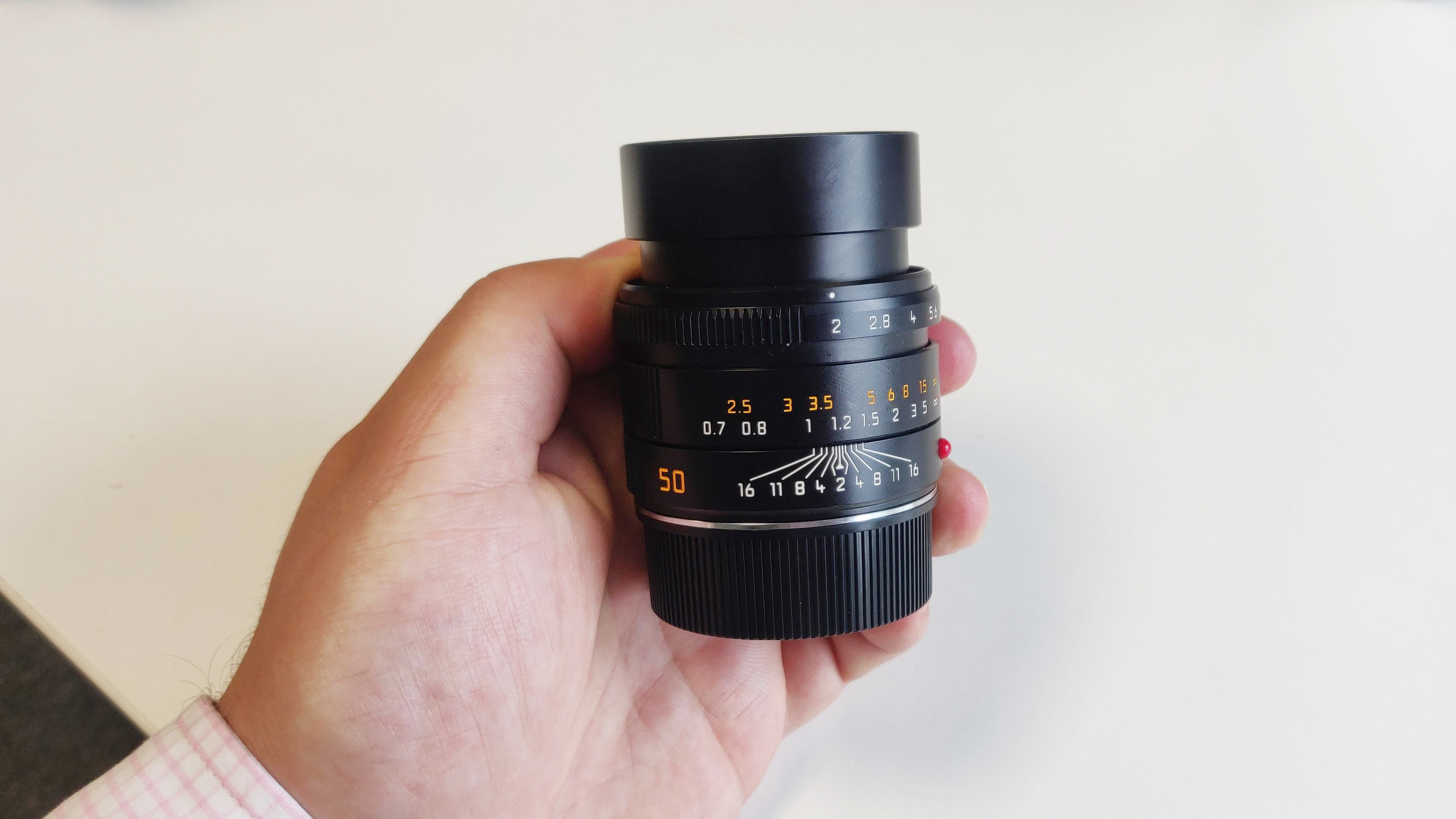
The Leica 50mm APO Summicron-M f/2 ASPH is one of Leica’s most popular lenses in its APO line-up. Its characteristics are legendary for producing exceptional sharpness, even wide-open to its full control of the Red, Blue, and Green waveform to produce lifelike images with a distinct pop that only a Leica lens can produce.
Its price might be in a different orbit from the “normal” Leica price, ok it's double that, but from what this lens produces, this is a lifetime investment and one that will serve you well for your whole life. This lens offers zero chromic aberration, a 3D pop that only a Leica lens can produce while producing outstanding images in low-light conditions.
If you enjoyed this, you might also like our Leica M11 review, Leica Q2 Reporter review, and the best Leica M lenses.

For nearly two decades Sebastian's work has been published internationally. Originally specializing in Equestrianism, his visuals have been used by the leading names in the equestrian industry such as The Fédération Equestre Internationale (FEI), The Jockey Club, Horse & Hound, and many more for various advertising campaigns, books, and pre/post-event highlights.
He is a Fellow of the Royal Society of Arts, holds a Foundation Degree in Equitation Science, and holds a Master of Arts in Publishing. He is a member of Nikon NPS and has been a Nikon user since his film days using a Nikon F5. He saw the digital transition with Nikon's D series cameras and is still, to this day, the youngest member to be elected into BEWA, the British Equestrian Writers' Association.
He is familiar with and shows great interest in 35mm, medium, and large-format photography, using products by Leica, Phase One, Hasselblad, Alpa, and Sinar. Sebastian has also used many cinema cameras from Sony, RED, ARRI, and everything in between. He now spends his spare time using his trusted Leica M-E or Leica M2, shooting Street/Documentary photography as he sees it, usually in Black and White.
